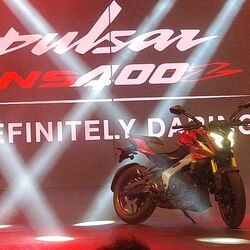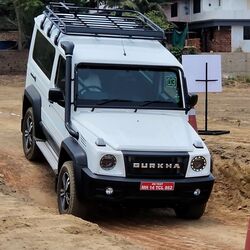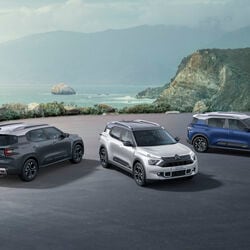Kia India tops Dealer Satisfaction Study in PV segment, Honda in two wheelers
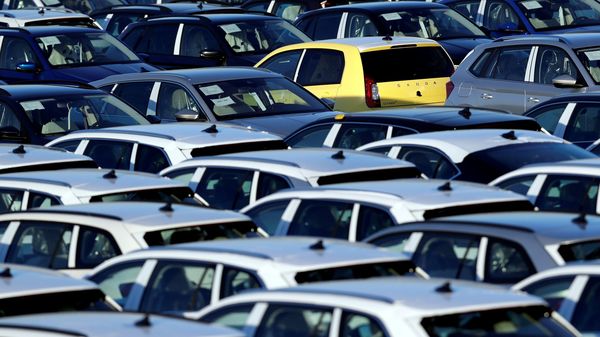

Federation of Automobile Dealers Associations (FADA) on Thursday announced the results of its Dealer Satisfaction Study 2021 which aims to establish the relation between automobile dealers with their respective OEMs. Undertaken in association with consumer-insight led consulting and advisory firm called PremonAsia, the study found that in the mass-market passenger vehicle segment, Kia India dealers were most satisfied with the OEM and that in the two-wheeler segment, it was Honda Motorcycle and Scooter India (HMSI) dealers.
In the mass-market PV segment, Kia India led the way and was followed by MG Motor, Toyota Kirloskar, Renault, Tata Motors, Hyundai and Maruti Suzuki. In the luxury car segment, honours were shared by BMW India and Mercedes-Benz India, followed by Audi and Land Rover.
Also check these Bikes
In the two-wheeler segment, it was a list led by HMSI, followed by Hero MotoCorp, TVS Motor, Bajaj Auto, Piaggio Vehicles, Suzuki, Yamaha and Royal Enfield.
FADA informed that over 2,000 samples were collected to come up with the results of the study. "The survey was undertaken to reflect the prevailing issues faced by the Auto Retail Sector at large, thus making it the true Voice of the Dealers," said Vinkesh Gulati, FADA President. "While issues of concern such as dealership viability, support on sales and after-sales, openness to dealer inputs in decision making and designing long term policies are fundamental needs, there are clear signs that dealers expect their respective OEMs to go beyond."
At an overall level, the study found that dealers in the Indian automobile space attach maximum priority to business viability. It was also observed that most dealers feel frequent refresh in product lineup - quality and range - is beneficial.
FADA also informed that the study found that in the mass-market PV segment, dealers raised their concerns about OEMs not being receptive to their inputs for keeping viable and long term policy in mind. In the luxury PV segment, training cost sharing arrangement by the OEMs was unsatisfactory to many dealers. Dealers in two-wheeler segment pointed that OEMs were not open to their inputs in terms of imrpoving dealership cost structure from viability and policy point of view.







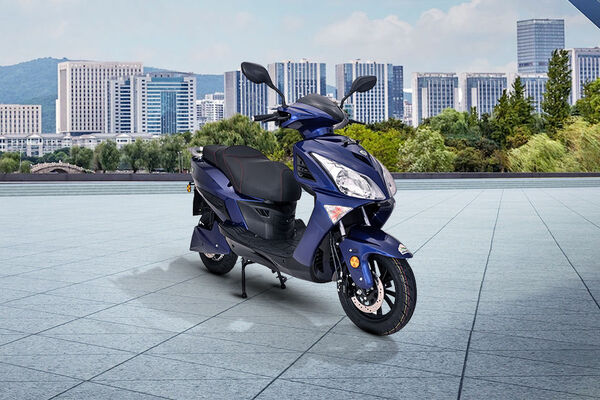
 3.2 kWh
3.2 kWh 120 km
120 km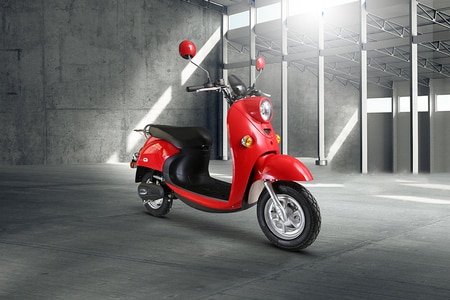



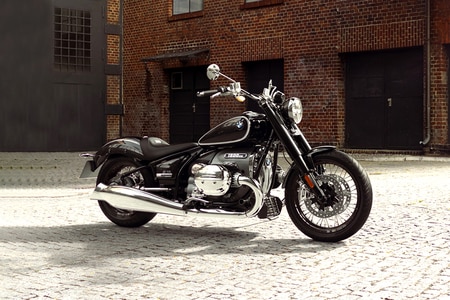
 1802.0 cc
1802.0 cc 17.8 kmpl
17.8 kmpl